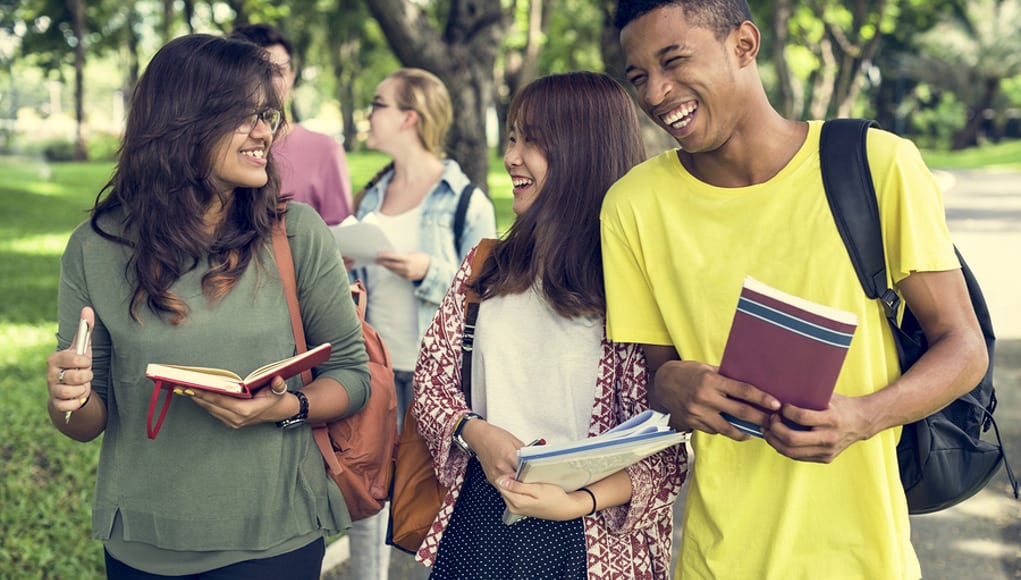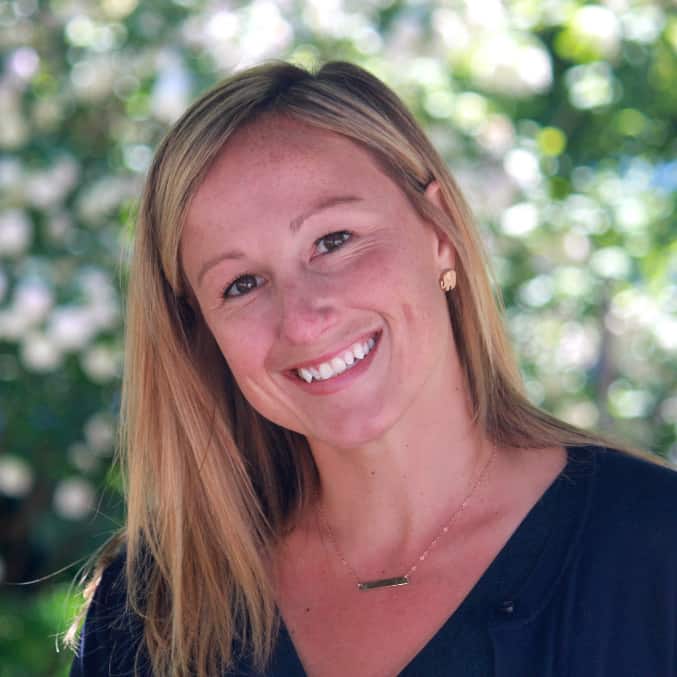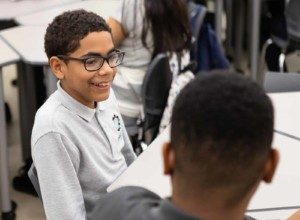Back to School with The Power of Place

I recently spent a week in one of my favorite places, a lake in the northern part of New Hampshire (I’d like to keep this gem of a location on the down-low but will tease you with the picture below), and was reminded of the importance of place.

Dreamy, right? I’ve come to this lake every year of my life and plan to continue this pattern. Over the years, I have learned a lot about this place. I’ve learned the 8 different types of freshwater fish that are commonly found in New Hampshire, when to expect the Loons to call, how to navigate rocky waters on a skiff by reading depth charts and understanding local buoy systems, the best way to quickly distinguish between good mussels and the toxic Zebra variation, and how to identify New England trees like the gorgeous Birch.
Sure, these are skills I might be able to learn in other parts of the world, but the context (the place in which I was learning) mattered, and gave me a unique perspective and understanding about this geographic location. Larry Rosenstock emphasizes how important context is and that in education you really should “make the city the text”. As a result, my ties and connection to the lake and the area grow every year and with every place-based education experience I have.
It goes without saying that learning doesn’t stop after students walk out the school doors (nor should it), but how are we leveraging the contexts of our schools DURING the school day? Through our place-based education campaign, we learned a lot from educators engaging in this work. As a result, we have come to believe that there are six design principles when it comes to place-based education:
 Communities and cities are rich with opportunities for place-based learning that we ought to take advantage of. When we make decisions with and/or on-behalf of students and families we work with, how are we considering their communities and the places that they regular engage?
Communities and cities are rich with opportunities for place-based learning that we ought to take advantage of. When we make decisions with and/or on-behalf of students and families we work with, how are we considering their communities and the places that they regular engage?
Consider the following when working to understand a place with your students (a good approach can be to treat these questions as natural extensions of each other):
The People – Who are the people of this city? Who makes up the fabric and DNA of this place? Who are the voices that are most often heard from? Who are the people that have and need more voice at the table? Who am I and what do I bring to this place?
The Buildings – Who has come before us and what was this city founded on? What can we learn from design, space and structures about this place? In what ways do these structures reflect the culture and people of the place?
The Communities – Cities and towns ultimately are connected by individual communities (defined both as cultural groups and by physical proximity) – each often bringing a unique history, vibe and message to the table. How do physical spaces and communities interact and define one another?
The History – Many cities are wrought with tumultuous pasts of trials and tribulations in growth that are coupled with periods of positive and thriving times. How does the history of the place tell us something about the people, buildings and communities today??
The Geography – The physical location, resources and layout of a city makes a place unique. From urban planners to environmentalists, geography works to define and evolve the places we call home. How do the landscape, the resources and physical topography relates to how we inhabit and interpret places? How has the geography set the foundation for the history, communities, buildings and people that have given the place meaning?
If these questions have got you thinking, check out the Place-Based Education Quick Start Guide for more ideas.
On this trip, I was also reminded that when we advocate for students, part of that is also advocating for positive progress in the places that they call home. This requires a great deal of learning and listening about these places and contexts. My perspective of the Lakes Region is just that – my perspective. If I were to work with schools or educators in the area, I’d still have a great deal of learning and listening to do.
When we at Getting Smart work with partners to help advance teaching and learning in a region or city, our goal is to first understand and then work with educators to brainstorm how we might consider their communities when designing solutions. Recent events surrounding the history of places and cities across the U.S have also reinforced that place really matters – especially when it comes to learning and working with young people.
The power of place is undeniable. Next time you are in a new setting or city, perk up, pay attention and put some importance on cultivating your own place-based ed experience.
For more, see:
- Teacher Reflection | The Power of Place-Based Professional Learning
- Quick Start Guide to Place-Based Professional Learning
- Place-Based Professional Learning in the New Tech Network
- 5 Levels of Place-Based Learning Implementation
Stay in-the-know with all things EdTech and innovations in learning by signing up to receive the weekly Smart Update.





0 Comments
Leave a Comment
Your email address will not be published. All fields are required.